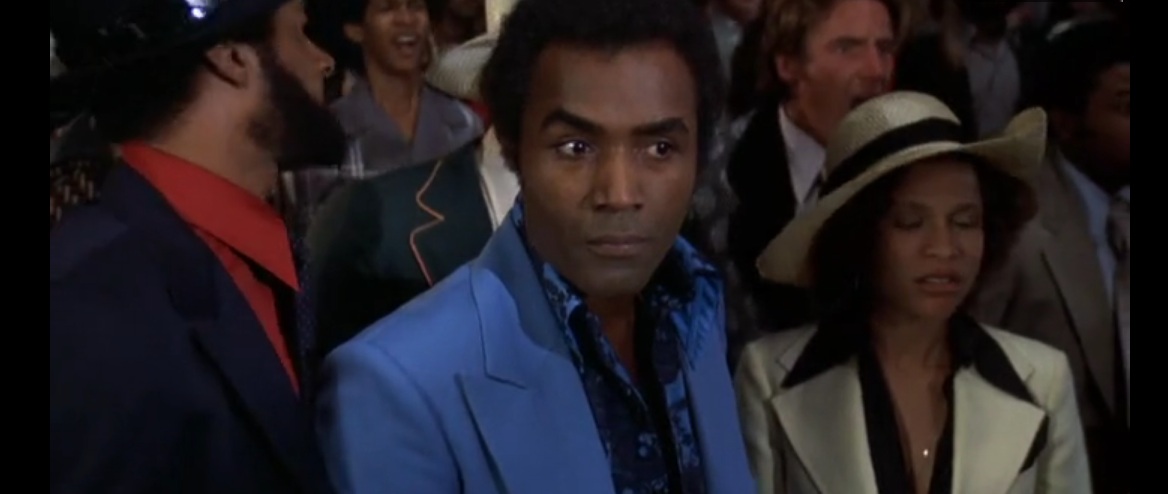I think its worth noting that the last statement is implicit in the script but not loudly so. Regardless of our intent our latent feelings, and philosophies come through and materialize in our art. That being said Let’s Do It again is not overtly demeaning of any section of the black community, and its qualities outweigh its political shortcomings. If the Blaxploitation era is put into a vacuum as a somewhat self reliant industry then films like “Cornbread earl and me”,and “Coolie High” were its independent films, “Blacula”, “Three the Hard way”, and the like its wide releases, and “Shaft”, “Foxy Brown”, and “Lets Do it Again” its blockbusters. The difference in production value in Poitier’s comedy from other films of the day is well…night and day even while having a smaller budget. A testament to the drawing power and connections of Sidney Poitier’s involvement, the Costume design, set design, casting , and of course by extension acting are exceptional. Even as a comedy, Lets Do it Again is the best collection of black talent in the era. Poitier and Cosby were obviously heavy hitters, but they are not the best actors in the film by a long shot. That distinction belongs to John Amos, and Calvin Lockhart who absolutely steal this movie from their more well known counterparts. As Kansas City Mack, Amos is big, and boisterous, there is a rhythm to his line delivery, and an underlying spite to his inflection and manner that informs the audience where Mack is from, and why he is so intent on staying in power. Lockhart in a bit of perfect casting carries the natural refinement and confidence needed for his character. He also carries the character in a way that informs the audience of who he is, and juts how ambitious he is. He has two scenes with Poitier where its hard to tell who is the better actor. There was a regal quality to Lockhart that could express itself in multiple forms, here it is deployed as a way to express the desire for Smalls to look as big as he saw himself. Lockhart gives him a similar dignity, and poise as Poitier was known for, and given the opportunity it’s not hard to imagine him having been on the level of a Poitier.



